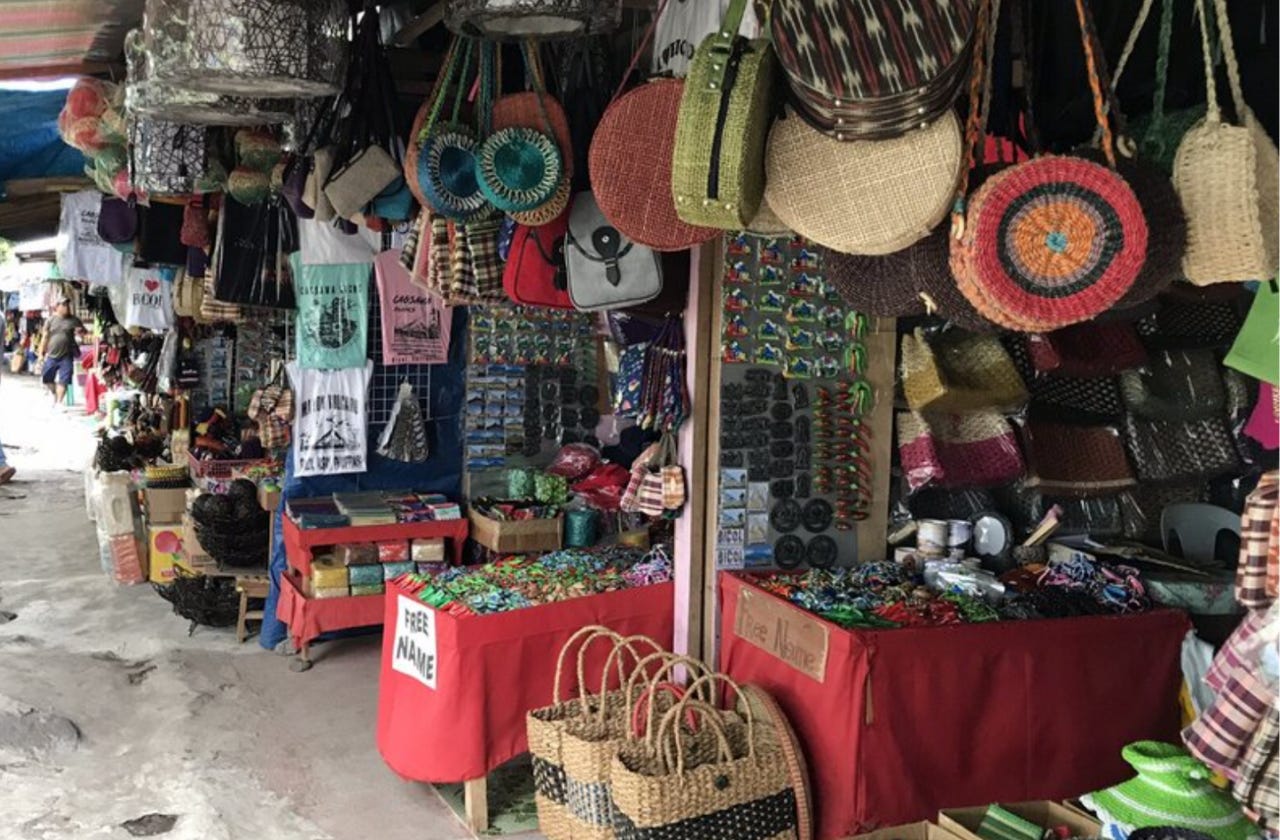The Cagsawa Ruins
A landmark that echoes a tale of ash, resilience and rebirth.
The Cagsawa Ruins, the lone belfry framed by Mayon Volcano in Albay, Bicol Region of the Philippines, is more than a picturesque landmark; it embodies the immense loss, tragedy, and unwavering resilience and rebirth.
The Cagsawa Ruins originated as a 16th-century Franciscan church, built in 1587. The Franciscan friars, led by Fr. Francisco Blanco, rebuilt it in 1724 into a bigger and stronger structure after it was burned by Dutch pirates in 1636.
The Eruption
History recorded the Mayon Volcano’s most violent eruption in 1814, which buried Cagsawa under millions of cubic meters of tephra and lahar, with ash reaching nine meters deep. An estimated 2,000 people perished on this occasion.
Hundreds sought refuge inside the Cagsawa Church, believing its strengthened stone foundation and their faith would protect them, but they were tragically swallowed up by the fast flowing lava and pyroclastic matter, buried alive within.
Today, visitors walk on the upper half of the church, which has the original structure and remains entombed below. The 1814 eruption's atmospheric ash contributed to the "Year Without a Summer" in 1816, linking Cagsawa's tragedy to a global climatic event.
Only the belfry and parts of the convent initially survived; the facade later collapsed due to earthquakes and subsequent eruptions of the Mayon Volcano, leaving the solitary belfry as the enduring landmark of the massive church.
A Belfry That Refused to Fall
The Cagsawa Ruins is also a profound symbol of endurance, seemingly refusing to be buried in memory or forgotten in history. This solitary tower is a testimony, grim and silent, to that fateful day, now with a wooden cross marking the former altar. Its survival signifies an unyielding core of resilience true to Albayanos.
The ruins have withstood further tests, including Super Typhoon Reming (Durian) in 2006, which caused extensive loss of life as the mudflows from the Mayon Volcano buried many villages, demonstrating the church’s fortitude and the Albayano’s doggedness.
Cagsawa Ruins is evidence of the human spirit's capacity to rebuild after immense tragedy. Survivors of the 1814 disaster resettled in nearby Daraga, merging the two into one community of Bicolanos facing recurrent natural disasters.
Tourism, Culture, and the Local Economy
Today, Cagsawa Ruins Park is considered a national cultural treasure and one of Albay’s most popular tourist destinations, drawing visitors with its history against the backdrop of the Mayon Volcano.
The park offers incredible views of Mayon, with the iconic belfry being a prime photographic subject, defiant and beautiful, even without a clear volcano view. The Cagsawa National Museum within the park provides context with eruption photographs and geological exhibits. As a premier tourist attraction, Cagsawa Ruins significantly boosts Albay's local economy.
Businesses around the ruins likewise directly benefit from the tourist influx. ATV tours to the lava front, the Mayon SkyWheel, and zipline experiences are available for adventurous tourists. English-speaking guides offer insights into the church and the Bicol province.
The Pasalubong Center is also popular among locals and tourists alike. Local vendors sell souvenirs like pili nuts, Mayon shirts, and unique delicacies like “sili" ice cream. Equally beautiful attractions like the historic Daraga Church, Lignon Hill Nature Park for panoramic views and ziplining, and Sumlang Lake for bamboo rafting near the Ruins provide more activities.
Interestingly, the Cagsawa Ruins Park doubles its visitors when the Mayon Volcano spews pyroclastic lava. The Mayon Volcano’s unrest in 2023 remarkably sparked interest from more visitors, increasing the economic activity at Cagsawa Ruins Park even during Mayon's Alert Level 3 activity. Stores extended hours, further boosting the economy.
This localized boom generates added income for various service providers and supports Albay's economic development, helping to fund sustainable disaster prevention and counteract investment fears due to natural calamities.
The Cagsawa Ruins is a living monument to a community that has learned to thrive despite past devastation. Cagsawa's legacy is a powerful lesson from the past that shapes the present and inspires the future - a testament to the Filipino's enduring capacity to find beauty and strength amidst the ashes.







Thank you for the wonderful article.
It seems the ruins are located in Barangay Busay, in the town of Daraga, Albay.
https://tinyurl.com/BALDRBS-Busay